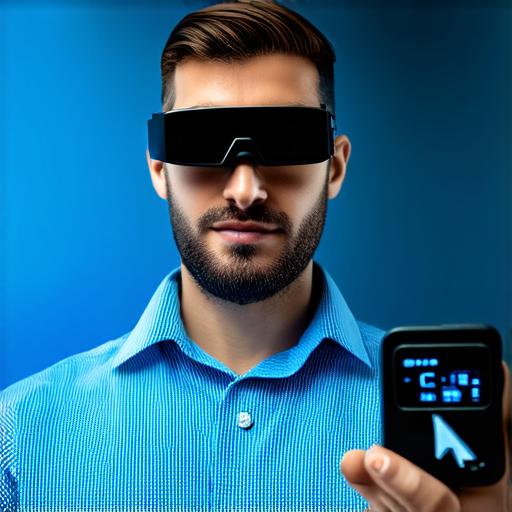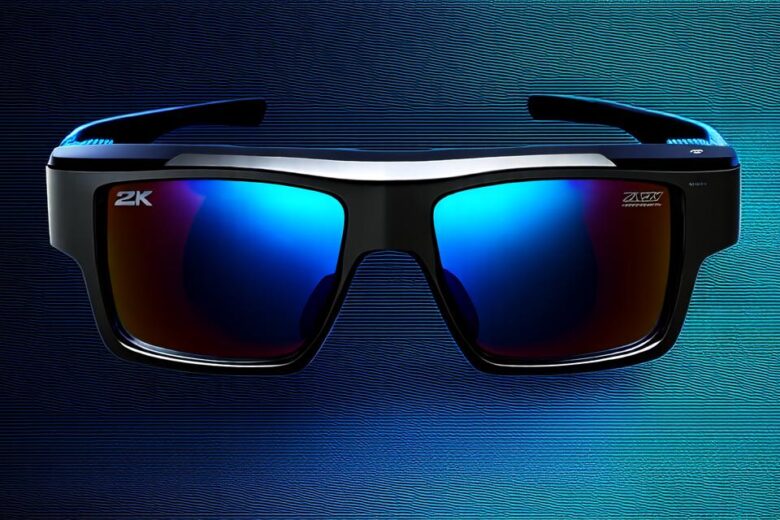Augmented reality glasses, also known as AR glasses, are devices that overlay digital information on top of the real world. These glasses are becoming increasingly popular in a variety of industries, including gaming, education, and healthcare.
Understanding Augmented Reality
Before we dive into how AR glasses function, it’s important to understand what augmented reality is. Augmented reality is a technology that superimposes digital objects, such as images or animations, onto the real world. This allows users to interact with and experience virtual content in their physical surroundings.
The Basics of AR Glasses
AR glasses work by using sensors and cameras to track the user’s position and orientation in the real world. Once this information is obtained, the device can use algorithms to calculate the best way to overlay digital content onto the user’s view of the real world.
One of the key components of AR glasses is the display itself. This display is typically a small screen that is integrated into the frame of the glasses. The display uses advanced graphics processing technology to render high-quality, realistic images and animations in real-time.
The sensors and cameras on the AR glasses also play an important role in tracking the user’s position and orientation. By using a combination of GPS, accelerometers, and other sensors, the device can determine where the user is standing, how they are moving, and which direction they are facing. This information is then used to calculate the best way to overlay digital content onto the user’s view of the real world.
How AR Glasses Enhance Our Lives
AR glasses have a wide range of potential applications in a variety of industries. In gaming, for example, AR glasses can allow users to experience immersive, interactive games in their physical surroundings. This creates a more engaging and realistic gaming experience that can help players stay active and motivated.
In education, AR glasses can be used to enhance the learning experience by providing students with interactive, 3D models of complex concepts. By overlaying digital content onto the real world, AR glasses can make it easier for students to understand and visualize abstract concepts.
In healthcare, AR glasses can be used to assist in surgeries and other medical procedures. For example, by overlaying digital images onto a patient’s body, surgeons can more easily navigate through complex anatomy and perform precise movements.
Summary
Augmented reality glasses are a powerful tool that has the potential to enhance our daily lives in a variety of ways. By overlaying digital content onto the real world, AR glasses can create more engaging, interactive, and educational experiences. As this technology continues to evolve, we can expect to see even more exciting applications in the future.

